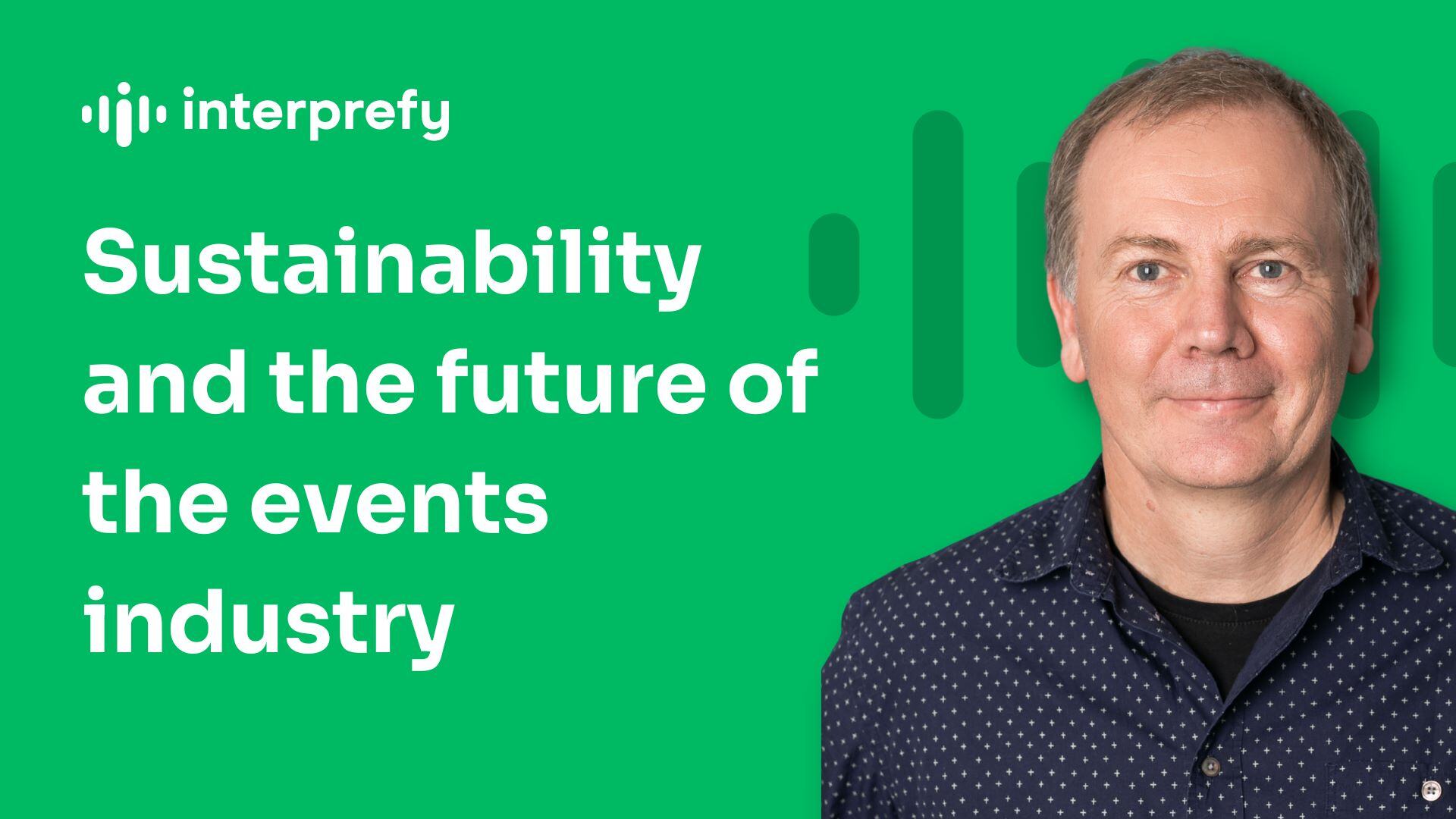Unless you haven’t heard, there’s a pretty big sustainability conference taking place in Egypt this month, aiming to once again highlight the action (or lack of) on climate change over the past year.
Managers in the events industry will be keeping a keen eye on progressions, as the conference couldn’t come at a more perfect time. In-person events are back in full swing, but with plenty of appetite for sustainable events from attendees, many are looking for help in delivering eco-friendly events that go beyond simply hosting them online.
That’s not to say that the events industry has been at a complete standstill. The Net Zero Carbon Events Pledge has now been signed by more than 230 different organizations, aiming to become net zero by 2050 at the latest.
But we can’t wait until 2050 to make a change. We’ve already reached the tipping point, and unless immediate action is taken, the events industry is in danger of slipping back into the situation pre-pandemic and learning nothing of the lessons of the past two years.
Why green? Why now?
Indeed, recent research suggests that more still needs to be done when it comes to delivering sustainable events. 80 percent of corporate professionals believe that the events they run would not qualify as being sustainable, while half of respondents also want events to be held virtually in the future.
Employers are letting themselves down just as much as their attendees when it comes to meeting sustainability targets. Pressure is increasing from stakeholders and everyday consumers to get businesses to embrace more environmentally-friendly practices across the board.
Plus, more multinational corporations such as Microsoft are choosing to implement strict sustainability targets for its suppliers, which could affect business in the long-term. An important move, however, as Scope 3 emissions - which include the purchasing of goods and services from suppliers as well as business travel and employee commuting - can make up between 65% and 95% of a company’s carbon footprint.
And with the average in-person attendee producing around 170 kilograms of CO2 emissions, and more than 1.5 billion people participating in events every year, small changes in the way events are delivered could make a big change.
Top tips for going green
The key question to ask when organising an event is who exactly actually does need to attend in person. If it’s a global event, it might mean flying attendees and speakers from all over the world. But with global aviation contributing to 2.5% of global carbon emissions (about the same as countries like France produce), it can be costly environmentally as well as financially.
There’s no doubt that events are more engaging when held face-to-face, but online platforms are helping take the excitement of physical interactions online. Technologies such as the Metaverse and virtual reality headsets are opening up new avenues for event organisers as well as offering attendees different ways of engaging and participating.
But you also need to first measure the impact of current events in order to measure the impact of your efforts. Apps such as MeetGreen allow event organizers to track the carbon footprint of events based on user data, while non-profit organizations such as Isla are helping speed up and ease the transition to greener events.
The key thing is to reduce the total amount of carbon emissions produced, rather than simply offsetting them - such as reforestation or switching energy use. Carbon offsetting is also a controversial subject, with the practice being linked to criticism of ‘Greenwashing’.
One of the best ways to offer sustainable events is to avoid any unnecessary CO2 production, by leveraging technology. For global events for example, remote simultaneous interpreting software allows attendees to listen into sessions in the language of their choice or follow along with real-time captions, without interpreters needing to be at the venue, or heavy interpretation booths having to be transported.
But we’re seeing some organisations pick up old habits again, that lead to unneccessary CO2 emissions. Some, for instance take interpretation back onsite. From our own experience, having supported more than 50,000 events, it's actually more reliable, cost-efficient, to have interpreters connect virtually and simply have technical support delivered onsite. Leveraging cloud-based interpretation technology can help greatly in achieving event carbon savings goals.
You can also look at things such as utilising renewable energy during shows, minimising waste from catering or branded SWAG, and making sure to partner with environmentally friendly suppliers that actively track their own carbon footprint.
Sustainable events don’t have to cost the Earth
The time to change is now, so if hosting sustainable events isn’t on your immediate agenda, then it needs to be. Right now, being able to offer and host more sustainable or even Net Zero events is a game-changer, but it’s important that it becomes the new norm in the future.
Those that choose to ignore the issue are not only adding to the already massive amounts of carbon emissions contributed by the events industry, but they’re also at risk of being caught flat-footed. Your competitors are all looking into sustainable strategies, so if you’re not then your reputation will take just as big a dip as your attendees for your next conference.





.webp?width=468&quality=high)





 More download links
More download links



